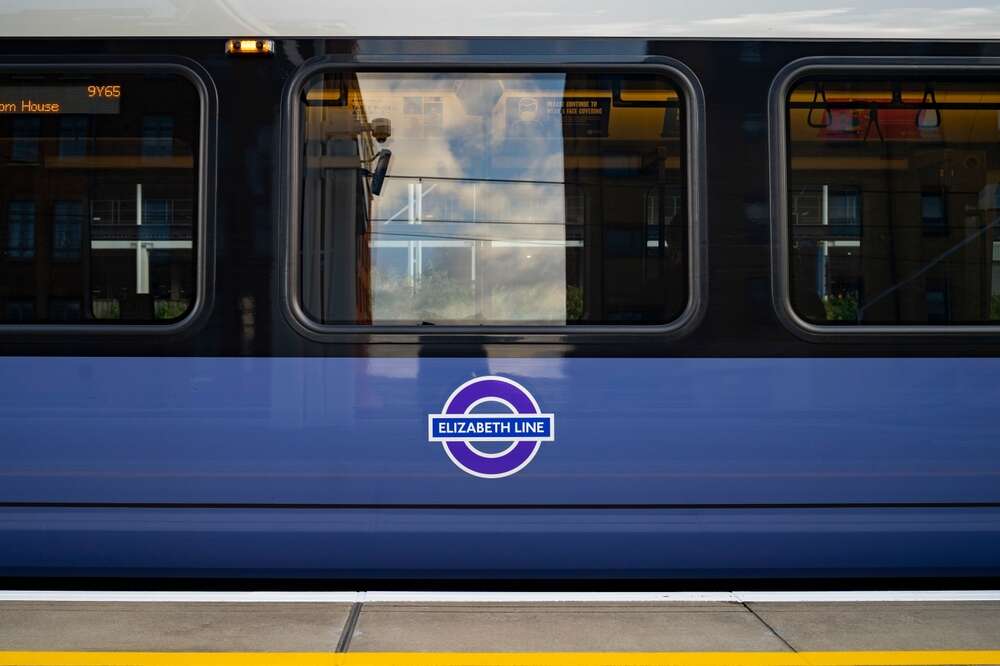
In its current form, the Elizabeth line was first proposed in the 1980s, shelved in the 1990s, and finally approved in the 2000s. Over 10,000 workers have been hired to finish the 13-year project since construction first started in 2009 and now it can finally be said that the Elizabeth Line route is finished – pretty much, at least.

The Elizabeth line, according to TfL, “adds around 10% more capacity to central London’s rail network as well as an estimated £42bn to the UK economy”. (Lilac is the official colour of this line, which extends 73 miles through new tunnels under London through Shenfield and Reading.)
Where is the Elizabeth line route connected?
The Elizabeth line has been operating on nine new core stations in the TfL network since it began service on 24 May 2022.
The stations the Elizabeth line runs through are:
• Abbey Wood
• Acton Main Line
• Bond Street
• Brentwood
• Burnham
• Canary Wharf
• Chadwell Heath
• Custom House
• Ealing Broadway
• Farringdon
• Forest Gate
• Gidea Park
• Goodmayes
• Hanwell
• Harold Wood
• Hayes & Harlington
• Ilford
• Iver
• Langley
• Liverpool Street
• Maidenhead
• Manor Park
• Maryland
• Paddington
• Reading
• Romford
• Seven Kings
• Shenfield
• Slough
• Southall
• Taplow
• Twyford
• West Drayton
• West Ealing
• Whitechapel
• Woolwich
Paddington and Abbey Wood are connected by 12 trains per hour, or one every five minutes, from 6:30am to 11pm, Monday through Saturday. For the time being, Sundays are reserved for testing new trains and software upgrades.
As of 6 November 2022, the Elizabeth Line route connects London to Reading and Heathrow. The newest TfL line had previously been running as three distinct railways throughout London: east, west and central.
The lines from Reading, Heathrow, and Shenfield are now also connected with the central tunnels.
Is the Elizabeth line fully open?
Yes. Now without making any changes along the Elizabeth Line route, passengers can travel from Heathrow or Reading in the west to Abbey Wood in the southeast. They can also access Paddington and Shenfield without changing at Liverpool Street.
Along with being fully connected, the Elizabeth Line is now in ‘phase three’ of its rollout out of May 2023, meaning that:
- 24 trains per hour no run between Paddington and Whitechapel at peak times (16 off-peak)
- 12 trains run per hour between Abbey Wood and Canary Wharf
- Journey times between Reading and Paddington are reduced
- Six trains will arrive at and leave Heathrow Airport per hour all day
Is Bond Street open on the Elizabeth line?
The last station in Central London on the Elizabeth line was opened on 24 October 2022, giving the chance to travel to the shopping district via the Elizabeth line instead of walking from Tottenham Court Road.
Five months after the Elizabeth Line route began operations, the station opened. Bond Street’s debut was delayed due to problems in the construction process, but now the new step-free station will “relieve congestion at Oxford Circus and make the area more accessible”, according to TfL.
[Read more: How Crossrail is affecting house prices in London’s suburbs and commuter towns]






